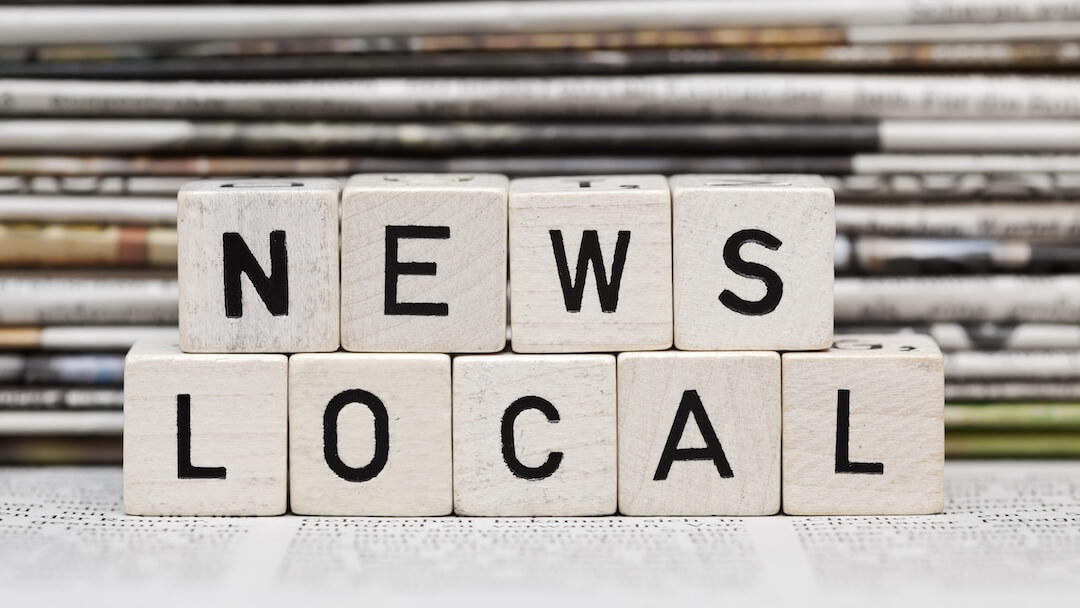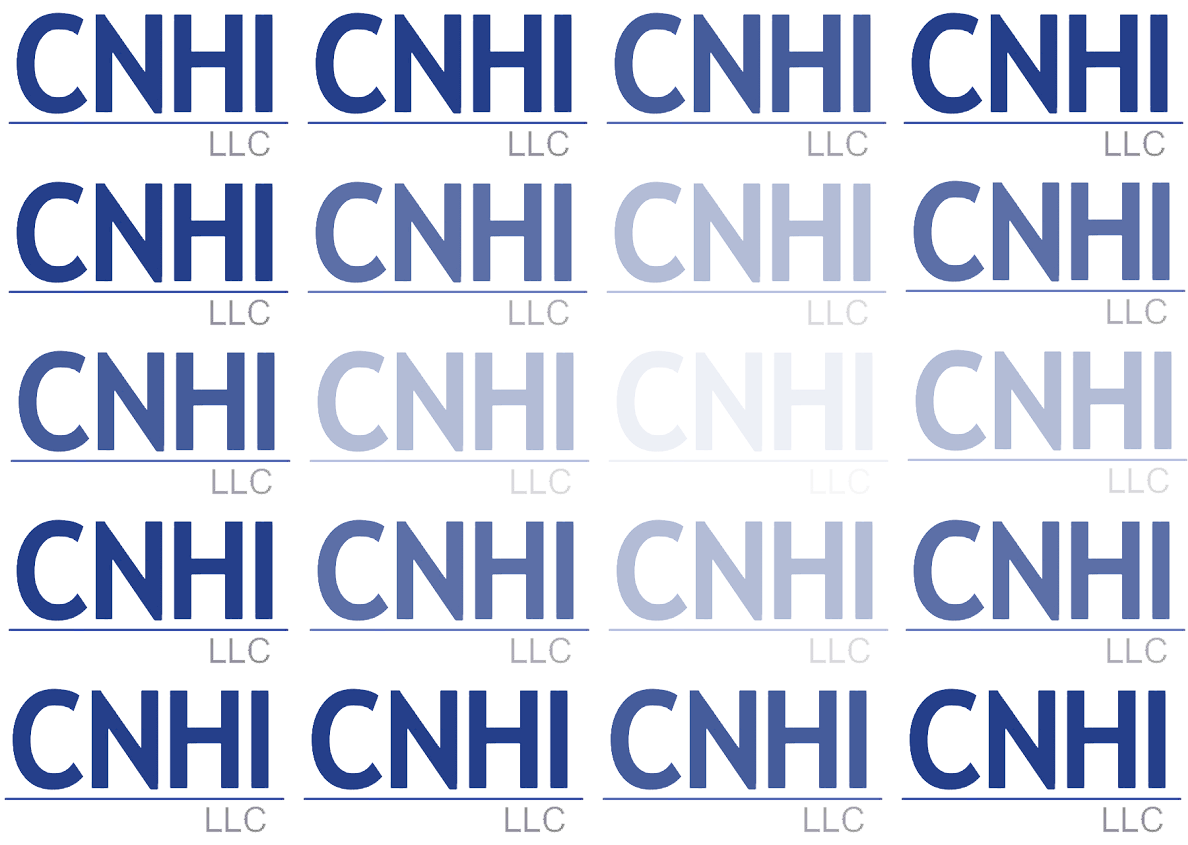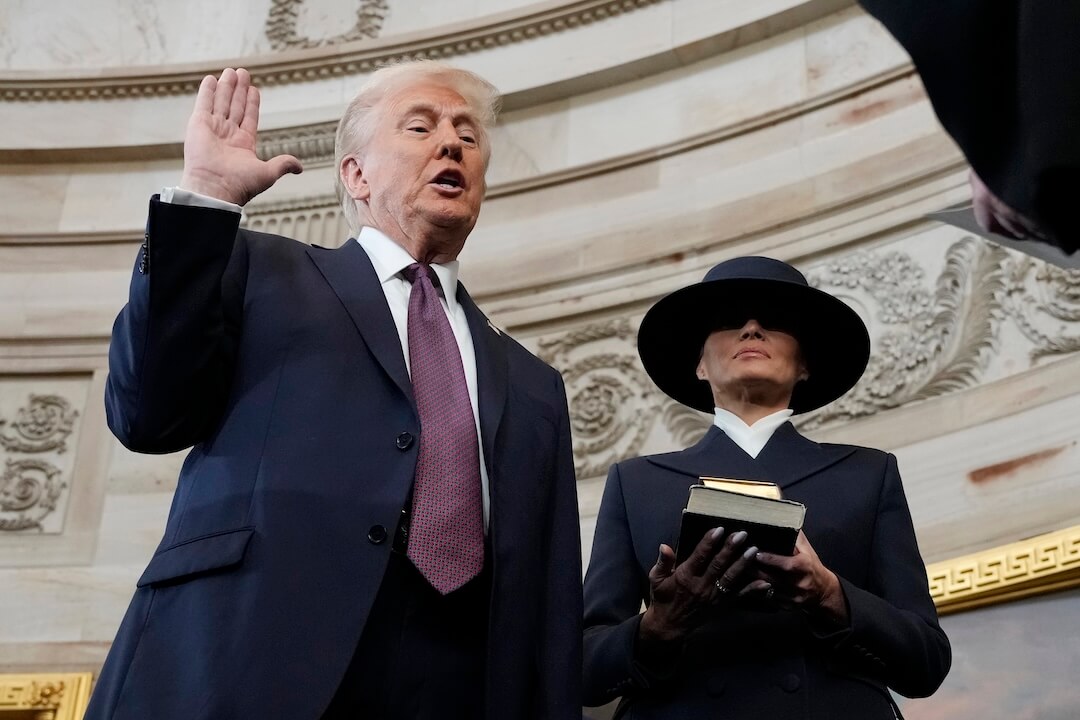 Covering COVID-19 is a daily Poynter briefing of story ideas about the coronavirus and other timely topics for journalists, written by senior faculty Al Tompkins. Sign up here to have it delivered to your inbox every weekday morning.
Covering COVID-19 is a daily Poynter briefing of story ideas about the coronavirus and other timely topics for journalists, written by senior faculty Al Tompkins. Sign up here to have it delivered to your inbox every weekday morning.
You may think of this incident as a coalmine canary this week. The very day, in fact only hours after Greenfield Central Junior High School in Indiana opened, it found its first COVID-19 case. An infected student unknowingly walked the halls and sat in classrooms before the school enacted its “Positive COVID-19 Test Protocol,” which isolated the student and started contact tracing among teachers, staff and classmates.
The New York Times calculated the likelihood that an infected student could arrive at any given county school in the country. The static screenshots I am including below do not do justice to this brilliant work. These maps are interactive, so go to the Times’ page and look at counties in your area.
The first chart is the likelihood of an infected person showing up at a school of 500 people (including students and staff).
The darker the color, the more likely it is that those schools could expect to have at least one infected person walk through the door. Now, keep in mind, the Times said these are “rough estimates” because they have to be based on assumptions that researchers have to make about how young people transmit the virus, an area that is still full of unknowns.
This second graphic shows what happens when schools with 1,000 students and staff show up.
These estimates “approximate the proportion of the population that is infectious based on the number who were infected during the preceding seven days, from data ending July 28. The calculations assume that students and teachers come in to school at least once a week and won’t come in if they are symptomatic.”
The calculations show that in eight states, even a school of less than 100 students and staff would expect at least one person to test positive for COVID-19 (Louisiana, Alabama, Mississippi, Florida, Nevada, Tennessee, Arizona and Georgia).
The estimates, from researchers at the University of Texas at Austin, range from sobering to surprisingly reassuring, depending on the area and the size of the school.
Based on current infection rates, more than 80% of Americans live in a county where at least one infected person would be expected to show up to a school of 500 students and staff in the first week, if school started today.
In the highest-risk areas — including Miami, Fort Lauderdale, Nashville and Las Vegas — at least five students or staff would be expected to show up infected with the virus at a school of 500 people.
The estimates are stunning. A school with 500 people in Miami could expect around 19 people to show up infected with COVID-19. In Houston, a school with 1,000 people in it would expect to see 10 COVID-19 cases. But, the report said, if students met in pods of 10, you could reasonably expect a low exposure risk almost anywhere in the country.
The hundreds of reader comments about the story reflect the public’s concerns over the weeks ahead. One person wrote:
I am a high school teacher in a school with 1,700 students. We report to work next week, and the students come in person on the 17th. How ironic that it is apparently just fine for teachers to be exposed to 150 students per week, but in our teacher training sessions next week, we can only meet in groups of 10 in accordance with state guidelines.
I get a lot of story ideas by reading reader reactions. Sure, there are some lunatic comments, but there are also genuine concerns that deserve answers, like the teacher’s comment above.
By the way, I bet you will find similar plans in your community where teachers will be under more stringent rules with each other than they will a week later when students arrive.
An outbreak at a youth camp raises new concerns for schools
Over the weekend you may have heard about a study just out that focused on a Georgia youth camp where 258 staff members and trainees (mostly teens) and 363 campers gathered in June. Campers did not wear masks, but staff did. Within weeks, 76% of the campers tested positive for COVID-19.
And, look at this: 344 of the 597 people at the camp were tested. Of those tested, 44% tested positive. 51% of campers under age 10 tested positive. 44% of campers 11 to 17 tested positive. And 33% of campers ages 18 to 21 had positive tests.
This data is likely to send shockwaves through discussions about opening schools since, until now, we have not had as much data about how quickly the virus spreads among kids. Until now, the data has focused on how kids spread the coronavirus to adults.
The study is careful to point out that researchers do not know how many of the campers may have had the virus when they arrived at camp and how many of the cases spread from kid to kid, from adults to kids and kids to adults. The study also cautions that the outbreak happened at a camp where kids slept in cabins together. We do not know if that is wildly different from sitting in a classroom with others for hours at a time.
[the_ad id=”667826″]
The new pressure on school nurses
In schools that have school nurses, the nurses say they will have more responsibility this fall than ever. And, keep in mind, about a fourth of all schools have no school nurses at all. Schools that want to hire school nurses find they can’t compete with hospitals when it comes to pay.
NPR spoke with several school nurses who say they are deeply concerned about whether their schools are prepared to reopen.
Nurses say there will be endless reminders for students to bring their own water bottles and not drink from water fountains and to set up one-way traffic in hallways — to say nothing of controlling the everyday issues school nurses already attend to, from colds, flu, dental pain, lice outbreaks and checking inoculation records. The NPR story included other issues you might not think of, but school nurses do:
In a district outside Columbia, South Carolina, health services coordinator Dawn MacAdams is thinking about kids with asthma. “We are going to ask that our parents work with their physicians to only bring in an inhaler, not a nebulizer,” she says. That’s because nebulizers generate aerosol, and there’s a chance that tiny virus particles in that aerosol could spread COVID-19.
The National Association of School Nurses provided this data:
In the majority of schools without school nurses, who will be the frontline workers who will deal with kids with symptoms? Will schools have quarantine rooms? Ask questions about how schools are stockpiling masks, gloves, sanitizer, paper towels and soap with schools attempting to open in weeks.
In a normal year, teachers sent home requests with our kids asking for sanitizer, soap and tissues that the school did not provide. Can you imagine the need this year?
Will students be able to hear teachers?
I picked up this question in the reader comments section of The New York Times. A reader wondered if students would be able to understand their teachers of the teacher’s mouth is covered by a mask. Voices will be muffled in even the best circumstances. There are also students who have trouble hearing and could benefit from seeing the teacher’s face.
For teachers who lead virtual classes, I hope somebody will spend some time talking to them about the importance of close-up and clear audio and clear and well-lit video.
My friend Jill Geisler drew on her decades of TV and teaching experience to put together a wonderful video called “Don’t be a Vampire in the Video Conference.”
If teachers are simultaneously teaching kids in class while also teaching students at home, they are going to have to wear a microphone. It will be a real production trick to demonstrate examples in front of a live class as well as online.
The status of high school sports
As with just about everything else having to do with COVID-19, instead of having a national response to high school sports, we have 50 responses.
U.S. News and World Report pointed out:
Whether prep sports happen this fall may also hinge on schools being physically open.
“In most cases, schools are going to have to be operating in order for education-based athletic programs to begin,” Michael L. Blackburn, executive director of the National Interscholastic Athletic Administrators Association says. “Some states require that students be in school face to face; some will accept their online time as attendance. It really does vary.”

(Ryan Escobar/MaxPreps)
This story is very much in play this week as some states that would have started pre-season practice this week now, mostly, haven’t. There is also a concern that for the places that do hold games, there might be a shortage of game officials.
I saw one story of a Chicago teen who hoped to get a college football scholarship but Illinois pushed the football season to the spring. This student is moving to Iowa so he will be seen by recruiters in the fall. College recruiters are going to be watching a lot of online video and scanning social media sites to find the next class of recruits. The U.S. News and World Report added:
Outright cancellation of some high school sports this fall will mean the loss of a year of playing time, which will also mean less game film for potential recruits and fewer opportunities to impress college coaches and set themselves apart in a competitive marketplace of talented athletes.
But there are still ways to get noticed, Dan Doyle, a recruiting coach manager for Next College Student Athlete says: “The electronic communication part of recruiting is so, so vital right now.”
He encourages students to organize their game film, transcripts and test scores in one place for coaches to see, whether that’s through the platform he works for or another portal. For example, he encourages students to make use of social media to connect with coaches.
High school student-athletes need to be more proactive, Doyle says. Coaches are still on the recruiting trail, albeit from home. In the absence of game film, he says, students should put together skills videos that highlight their workouts or abilities in their chosen sport.
[the_ad id=”667872″]
Charities are losing crucial fundraising
It is now becoming clear that the usual fall fundraising events — charity balls, fundraising walks and awards dinners — won’t happen this year.
Some of the hardest-hit nonprofits are medical-related charities, such as the 50-year-old Juvenile Diabetes Research Foundation, which announced its second-quarter income fell 40%. It will cut staff by 40% and hope for more volunteer help. The American Cancer Society laid off a thousand workers in a 30% budget cut.
StatNews drilled down on the issue:
Nonprofits focused on patient support and medical research are being hurt by the same forces that are devastating the nonprofit sector at large. The cancellation of in-person events seems to be largely to blame, though there are other factors at play: Some wealthy donors are diverting their charitable contributions to the COVID-19 response — and writing fewer big checks to the medical charities they usually support. And donations have dried up from small donors who may have lost their jobs because of the pandemic or are just being more careful with money during an uncertain time.
The Harvard Business Review said charities are in a particular bind. They have not needed donations more than right now, at the same time that donors are holding on to their money, not knowing what the future holds. The key question is, “When is the right time to ask for money?”
Amid the debris, nonprofits are quietly hoping their donors will ride to the rescue. But here’s the challenge: Yes, every charitable organization wants to receive contributions right now. But very few have the temerity to ask their donors for a gift. They know that people feel fragile and are worried. They know it’s going to get worse before it gets better. Nonprofit leaders don’t want to come across as selfish jerks, asking for money from people who may be fighting illness or losing their jobs or worrying about their kids or mourning a family member or simply freaking out, hunkering down, and waiting for the next bit of dire news. Nonprofits are reading the room, and the message they’re getting is: Don’t ask for money now. Just don’t.
Of course, old habits die hard.
There’s an apocryphal story already circulating among fundraisers about an unnamed university that forgot to cancel its scheduled late-March planned-giving mailing to alumni. As a result, a letter went out declaring, in the midst of the pandemic, “There’s no better time than now to revisit your estate planning!”
The way we work now

(Screenshot, Facebook)
We’ll be back tomorrow with a new edition of Covering COVID-19. Sign up here to get it delivered right to your inbox.
[the_ad id=”667878″]
Al Tompkins is senior faculty at Poynter. He can be reached at atompkins@poynter.org or on Twitter, @atompkins.
Clarification: This article was updated to note that the percentages of campers who tested positive were not percentages of the total, but rather percentages of the number who had been tested.











